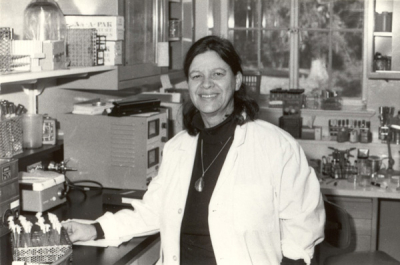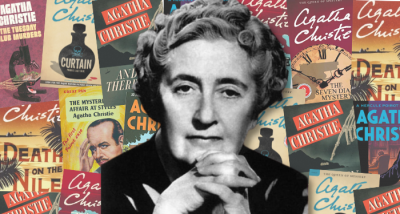
A Pulitzer Prize-winning author, Harper Lee gave us one of the finest pieces in English literature, “To Kill a Mockingbird”. The novel which became a cult classic of modern American literature came out in 1960 during the Civil Rights Movement and is considered an exposé of racial prejudices that existed in the southern states of the U.S. Let’s read up on the author whose birth anniversary falls in April.
“Shoot all the blue jays you want, if you can hit ’em, but remember it’s a sin to kill a mockingbird,” is an oft-quoted line straight out of Harper Lee’s much-acclaimed novel ‘To Kill a Mockingbird”.
With Mockingbird, Lee gave us one of the finest pieces in English literature. The 1960 novel which became a cult classic of modern American literature came out during the civil rights movement and is considered an exposé of the racial prejudices that existed then in the southern states of the U.S.
This coming-of-age story is themed on social equality and is also a critique of the racist culture that was prevalent in America. The novel is narrated by a young girl, Jean Louise (“Scout’) Finch. Finch is the daughter of white lawyer Atticus Finch. Set in the fictitious rural town of Maycomb, Alabama, during the early 1930s, the novel has Atticus Finch fighting for justice and representing a black man for a crime against a white woman. It addresses how racial prejudices come into play as the family of Attticus gets targeted. The book’s message and the moral stance taken by Finch are relevant even today.
Let’s go back to the powerful quote. The setting of the story is during Christmas when Atticus Finch gives air rifles as gifts to his children Jem and Scout In the book, this is the first time that the title is alluded to. He is sure that the children may not shoot at tin cans but might aim at birds. He requests them not to shoot at mockingbirds. That’s because a mockingbird is a songbird and does no harm, it is said. It represents something pure and innocent that shouldn’t be hurt or punished. This lends a symbolic meaning to book.
The idea resonates across the book as mockingbirds are used to allude to the two characters in the book viz. Boo Radley and Tom Robinson.
Early years
Known as Nelle, Harper Lee was born in the Alabama town of Monroeville. She was the youngest of four children born to Amasa Coleman Lee and his wife Frances Cunningham Finch Lee. Her father, who was a former newspaper editor, practised as a lawyer and served in the state legislature. Growing up, Lee was more of a tomboy and was close with her schoolmate and neighbour, the young Truman Capote, who would also grow up to be a writer.
After Lee graduated from high school in Monroeville, she enrolled at Huntingdon College and then pursued a law degree at the University of Alabama. Once here, she wrote for several student publications. She then went to Oxford University as an exchange student for a year.
On returning from Oxford, she realised that her career was in writing and not in law, and dropped out. Lee later moved to New York in 1950 and took up the job of a reservation clerk.
Lee as a writer
In the late 1950s, she devoted her time to writing. In fact, a Christmas present changed the trajectory of her life. In 1956, her friends gifted her a year’s salary as Christmas present with a note asking Lee to write whatever she pleased. Come 1959 and Lee had completed “To Kill a Mockingbird”.
The novel was published in 1960 and instantly became a hit. The book also fetched her Pulitzer Prize for Fiction in 1961 and still remains a bestseller. Lee was awarded the Presidential Medal of Freedom in 2007.
The book has sold more than 40 million copies worldwide. It was adapted to the screen, became a part of the educational curriculum, and was widely celebrated. But soon after its success, Lee retreated from public life and became a recluse. She turned down interviews and biographers. She moved from New York back to Monroeville, her hometown.
Always a mystery
Lee is also one of the most mysterious writers, with not much known about her personal or literary journeys. After her book made a giant splash on the literary scene, not much was known about her writing and it left people waiting for her second book. And when it was widely understood that she may not publish another, her first novel was considered a fluke.
There were even theories that the novel was written by her dear writer friend Truman Capote. But decades after “To Kill a Mockingbird” was published, a manuscript was found by her lawyer.
A sequel
“Go Set a Watchman” is considered either a sequel to ‘To Kill a Mockingbird” or a rough draft of it. It chronicles the homecoming of Jean Louise Finch, to a place fraught with racial tension. The book gives a dark shade to Atticus.
The unedited manuscript of “Go Set a Watchman” was discovered in a safe deposit box by the author’s lawyer and was released in 2015. However, the book was a let-down to some of the fans of Mockingbird, because it revealed the prejudices and weaknesses of Atticus.
Lee died in her sleep at the age of 89 in 2016.
Picture Credit : Google





